India will celebrate its 77th Independence Day on August 15th this year. However, behind this glory and celebration lies a history of struggle and sacrifice by countless Indian freedom fighters who fought against British colonial rule to secure India's independence.
However, these freedom fighters were overshadowed by more prominent historical figures, such as Mahatma Gandhi, Jawaharlal Nehru, and more. But their stories should be remembered and honoured for generations as a reminder of the sacrifices made for India's freedom.
In this article, you will learn about the lesser-known top 10 freedom fighters of India who played an important role in India’s fight for liberty.
Also Read| Independence Day 2024 Quiz: Do you know these basic questions about India?
Gangadin Mehtar: An Unsung Warrior Who Killed 200 British Soldiers in the Battle of 1857 Singlehandedly
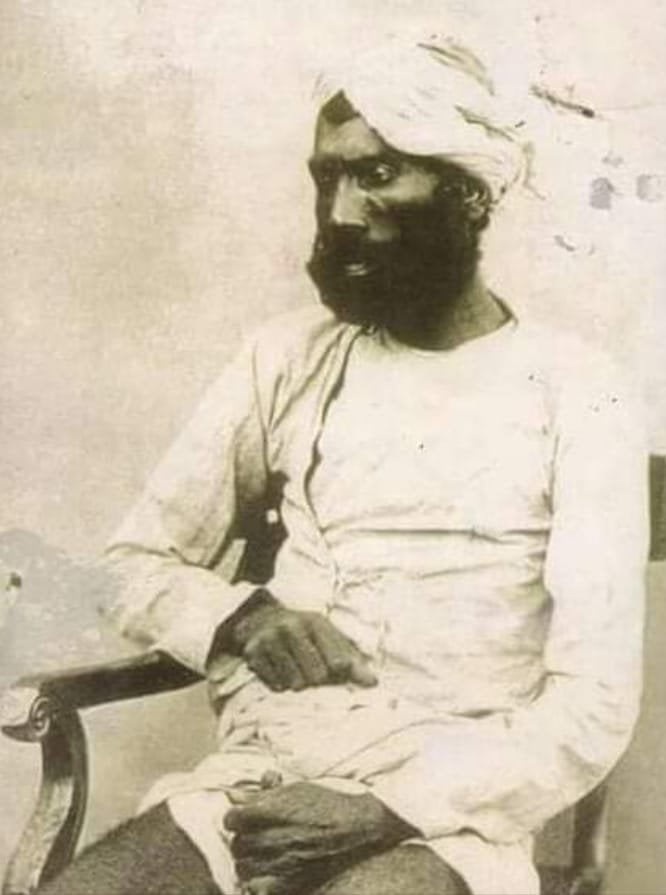
Source: Popular Indian
Gangadin Mehtar, Gangoo wrestler, or Gangu Baba was a gallant and brave rebel who challenged the oppressive British rule in India. He was a mid-level junior commissioned officer serving under Nana Saheb Peshwa in Kanpur who killed approximately 200 British soldiers in the battle of 1857.
This resident of Chunni Ganj instilled a deep fear in the hearts and minds of the British, earning him the reputation of a fierce warrior. The British wanted him captured or killed at all costs, recognising him as a significant threat to their control in the region.
British troops finally apprehended him. On September 8, 1859, he was executed in full view of the public. Before his death, he stated, "In the soil of India, our ancestors smelt of blood and sacrifice; one day it will be free."
He was a valiant and fearless soldier who gave up his life to liberate the land while laughing at British cruelty. He kissed the hanging noose with self-respect but continued to defy the British till his last breath.
Matangini Hazra: An Extraordinary Revolutionary who was Martyred in the Quit India Movement
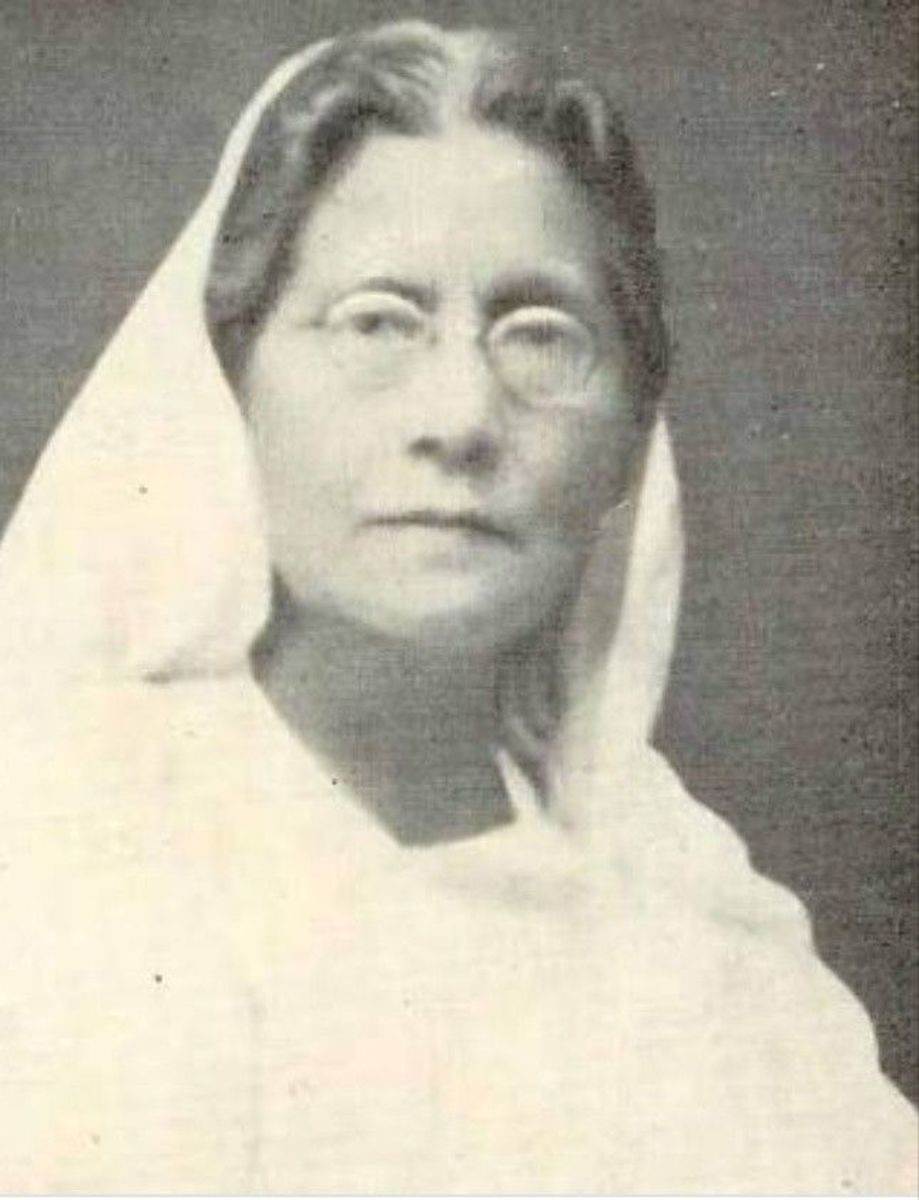
Source: IAS Gyan
Matangini Hazra was an incredible woman who was an Indian revolutionary and independence activist. She was born on October 19, 1870. She played a significant role in the Indian independence movement and was known for her fearlessness and dedication to the cause. She was the first woman to be martyred in the Quit India Movement against British rule in India.
Because of Gandhiji's beliefs, she earned the moniker "Gandhi Buri," which translates to "The Old Gandhian Woman." In 1905, she actively participated in the Indian Independence Movement, and she also took part in the Non-Cooperation Movement in 1932. However, she was arrested for breaking the law.
Although she was arrested numerous times and faced brutal treatment, Matangini Hazra never wavered in her commitment to the fight for independence.
She was shot by British police on September 29, 1942, during a protest march in front of the Tamluk Thana, sacrificing her life for the cause.
Kanak Lata Barua: An AISF Leader who was Shot Dead by the Indian Imperial Police of the British Raj
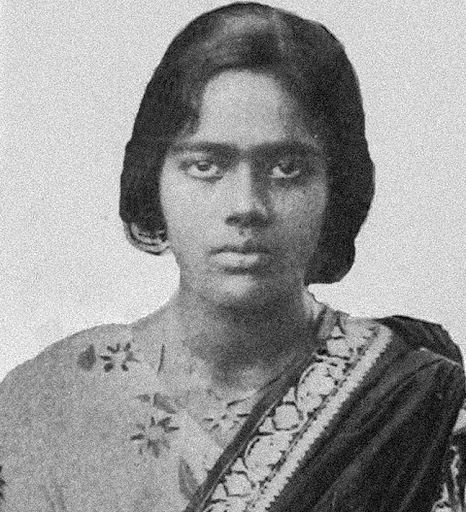
Source: Thisday.app
Kanaklata Barua, also known as Birbala and Shaheed (martyr), was an Indian independence activist and AISF leader. During the Quit India Movement in 1942, she was shot and killed by the British Raj's Indian Imperial Police while leading a procession bearing the National Flag.
From childhood, she had a strong sense of patriotism and dedication to the cause of Indian independence. At the age of 17, the young and brave Kanaklata, with a heart full of love for the motherland, joined Mrityu Bahini, a death squad of youth from Assam.
The Bahini decided to raise the national flag at the neighbourhood police station on September 20, 1942. To do this, Barua led a group of unarmed peasants. Rebati Mahan Som, the official in charge of the police station, told the procession that their plot would result in terrible consequences for the police.
When the police opened fire on the parade after issuing the warning, it was still moving forward. In all this chaos, Kanaklata was shot dead while holding the flag high, becoming a martyr for the Indian freedom struggle. The young leader sacrificed her life.
The Chapekar Brothers: Three Heroic Brothers Who Assassinated Walter Charles Rand
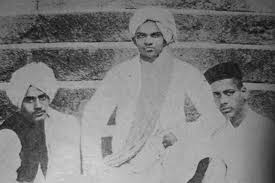
The Case of the Chapekar Brothers is one of the most underrated stories of resistance in Indian history. During the bubonic plague of 1896, which struck in the district of Pune, Maharashtra, the British government formed a Special Plague Committee.
Walter Charles Rand, an Indian Civil Services (ICS) officer, served as the committee's chairperson to address the threat and stop the disease's spread. In his reign, he implemented harsh measures that included forced entry into homes, segregation of families, and destruction of personal property.
They even stripped and inspected individuals (including women) in public, evacuated people to hospitals and segregated camps, banned funerals, and slowed transportation outside the city. To end his terror, the Chapekar brothers and other revolutionaries of the ‘Chapekar Club’ plotted the assassination of the ICS officer.
On June 22, 1897, they assassinated W.C. Rand and Lieutenant Ayerst (his military escort). However, the three brothers were found guilty and hanged for their actions, becoming martyrs in the fight against British colonial rule in India. This incident fuelled the growing independence movement in India, inspiring more individuals to take up arms against British oppression.
Aruna Asaf Ali: The “Grand Old Lady” of Indian Independence
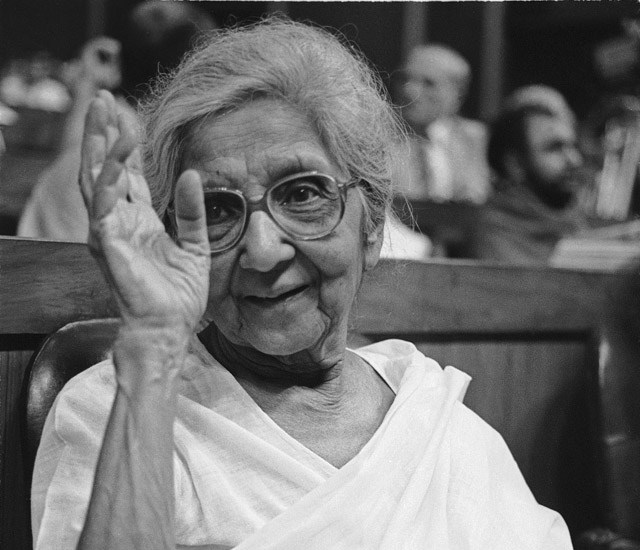
Source: The Better India
Aruna Asaf Ali, also known as the "Grand Old Lady" or the "Heroine of 1942," was a publisher, political activist, and educator from India.
She was born as Aruna Ganguly in 1909 in Kalka, Punjab, British India. She was a vocal supporter of Indian independence and is well known for raising the national flag of India during the 1942 Quit India Movement at Bombay's Gowalia Tank Maidan.
She joined the Indian National Congress and took part in public demonstrations during the Salt Satyagraha. She was arrested and not released in 1931 as part of the Gandhi-Irwin Pact, which called for the release of all political prisoners.
Following independence, she stayed active in politics, eventually becoming Delhi's first mayor. In addition, she received the Bharat Ratna in 1997 as a posthumous honour and the Padma Vibhushan in 1992. She died on July 29, 1996, leaving behind a legacy of courage and dedication to the fight for freedom and equality.
Durgawati Devi: A Courageous Woman Who Helped Bhagat Singh Escape
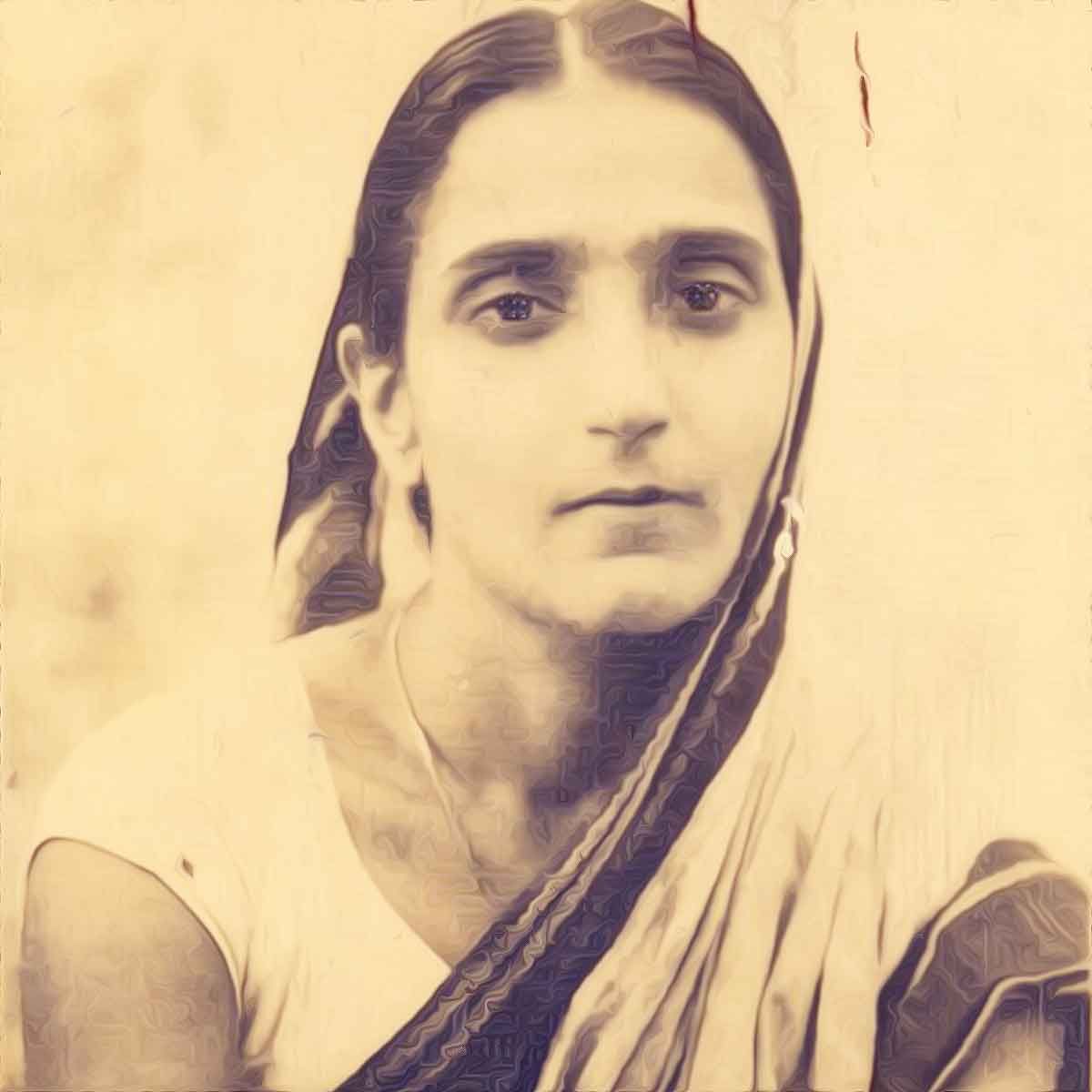
Source: Satyaagrah
Durgawati Devi, affectionately known as Durga Bhabhi, was an Indian freedom fighter and a member of the revolutionary Hindustan Socialist Republican Association (HSRA). Born in 1907 in Allahabad, she played a significant role in the Indian independence movement.
Durga Bhabhi was one of the few female revolutionaries who actively participated in armed resistance against British rule. She is best known for helping Bhagat Singh escape from Lahore after the Saunders killing in 1928.
Disguised as a married couple, she and Bhagat Singh evaded British forces, with her young child in tow, to avoid suspicion. Durga Bhabhi also participated in several other revolutionary activities, including the famous Kakori Train Robbery.
Her courage and dedication to the cause of freedom were exemplary, and she spent time in jail for her activities. Despite her significant contributions, she remains one of the lesser-known figures in India's struggle for independence.
Taanguturi Prakasham: The Father of Andhra Pradesh
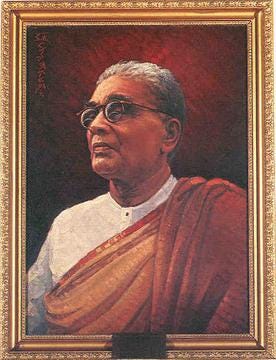
Source: Medium
Tanguturi Prakasam, also known as Andhra Kesari (Lion of Andhra), was a prominent Indian politician and freedom fighter. Born in 1872 in Andhra Pradesh, he was a lawyer by profession but dedicated his life to India's freedom struggle.
Prakasam was a staunch supporter of non-violent resistance, participating in the Non-Cooperation Movement led by Mahatma Gandhi.
He became famous for his courageous stand during the Simon Commission protests in 1928, when he bared his chest to the British police, daring them to shoot. Prakasam was also deeply involved in the Quit India Movement and was imprisoned multiple times for his participation in the freedom struggle.
After independence, Prakasam became the first Chief Minister of Andhra Pradesh. His tenure was marked by efforts to promote education and welfare in the state.
Birsa Munda: The Tribal Hero who Resisted against British colonial exploitation and religious conversion
Birsa Munda was a tribal leader and freedom fighter from the Munda tribe in Jharkhand. Born in 1875, he is remembered for leading the Munda Rebellion against British rule in the late 19th century.
Birsa Munda led a revolt against British colonial forces, focusing on the rights of the tribal communities who were being exploited under the oppressive British land policies. His movement, known as the Ulgulan, or "The Great Tumult," aimed to establish Munda Raj and expel the British from tribal territories.
Despite being captured and imprisoned in 1900, where he eventually died at the young age of 25, Birsa Munda's legacy as a champion of tribal rights endures.
Birsa Munda's influence extended beyond his lifetime, inspiring subsequent generations of tribal leaders and activists. His life and struggle are commemorated in the form of statues, songs, and folk stories, and his name is synonymous with tribal pride and resistance.
Velu Nachiyar: The first queen to actively oppose British rule
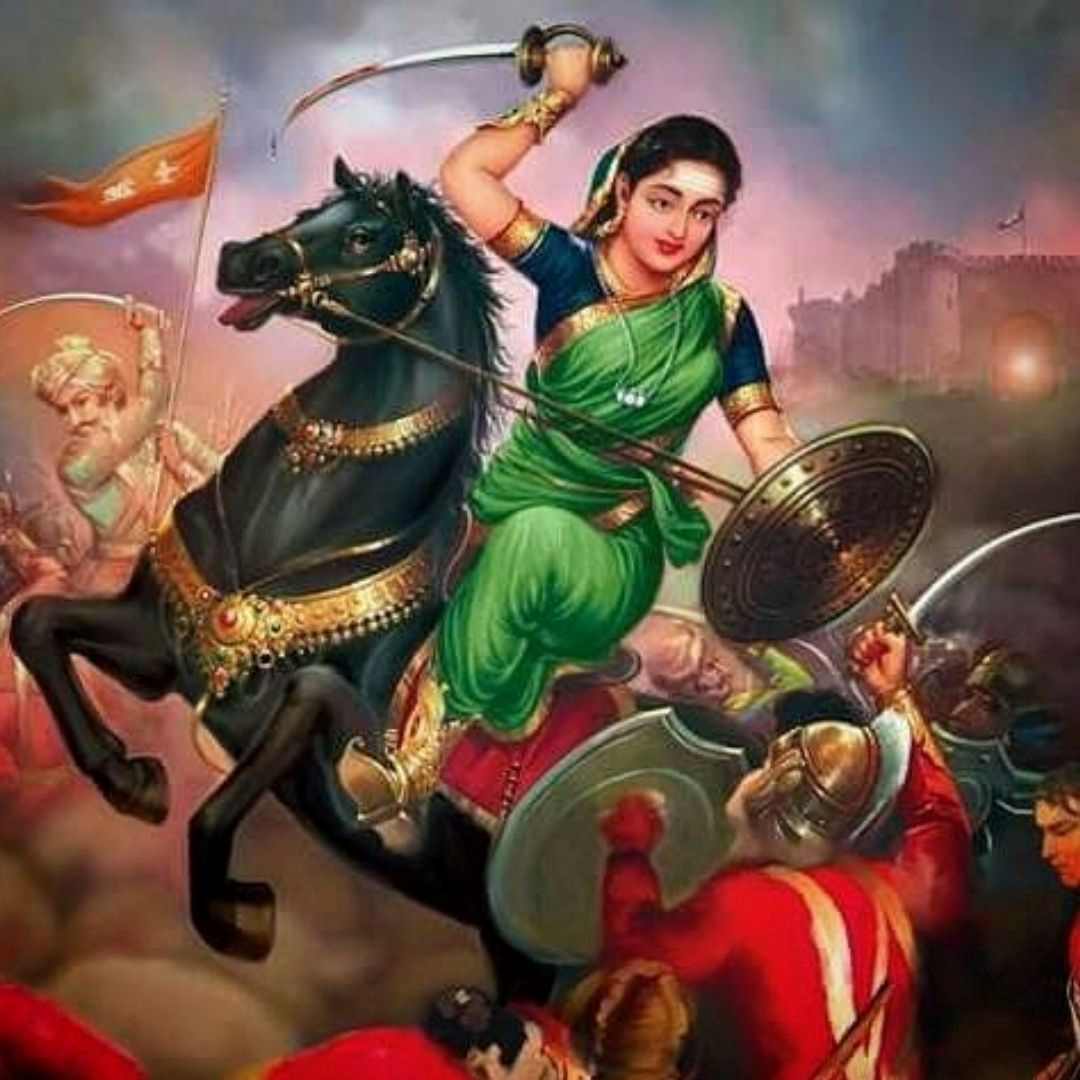
Source: The Logical Indian
Velu Nachiyar was the queen of Sivaganga in Tamil Nadu and is often celebrated as one of the first Indian queens to fight against British colonial rule. Born in 1730, she was trained in martial arts, archery, and horse riding and was also well-versed in several languages.
After her husband, Raja Muthuvaduganathaperiya Udaiyathevar, was killed by the British, Velu Nachiyar fled with her daughter and regrouped to form an army.
She allied with Hyder Ali, the Sultan of Mysore, and launched a successful attack on the British forces in 1780, reclaiming her kingdom. Her strategies included the first recorded instance of a human bomb, where one of her loyal commanders, Kuyili, set herself on fire to destroy the British arsenal.
Velu Nachiyar ruled Sivaganga for over a decade and is remembered for her defiance against colonial rule and her efforts to protect her people.
Jhalkari Bai: The Unsung Heroine who disguised herself as Rani Laxmibai to protect her from the British
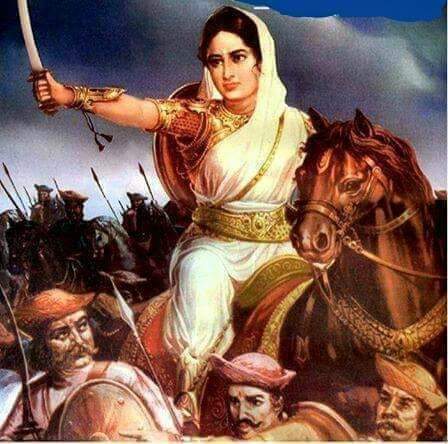
Source: नारी - Punjab Kesari
Jhalkari Bai was a soldier in the women's army of Rani Lakshmibai of Jhansi and played a crucial role in the Indian Rebellion of 1857. Born in 1830 in a Dalit family, she rose to prominence due to her bravery and commitment.
Jhalkari Bai is best known for her heroic act of impersonating Rani Lakshmibai during the siege of Jhansi, allowing the real queen to escape. This act of bravery confused the British forces and bought time for the Rani to regroup.
Jhalkari Bai's loyalty and courage made her a key figure in the resistance against British rule during the rebellion. Despite her significant contributions, Jhalkari Bai's story has often been overlooked in mainstream history.
She came from humble beginnings, and her rise to a leadership position in Rani Lakshmibai's army is a testament to her exceptional qualities. Today, she is celebrated as a symbol of women's empowerment and courage, particularly within Dalit communities.
Check out: The Complete Timeline Of the Indian Freedom Struggle
Conclusion
The list of unsung heroes does not end here. These infamous people, from grassroots activists to unknown revolutionaries, selflessly contribute to the freedom of struggle. It’s time that we at least have them in our consciousness, if not in our books.
These freedom fighters, though not as widely recognised, played pivotal roles in India's struggle for independence, demonstrating immense courage and dedication. Their stories serve as a reminder of the diverse and inclusive nature of the Indian freedom movement.
Also Read: Important Days and Dates 2024
Comments
All Comments (0)
Join the conversation